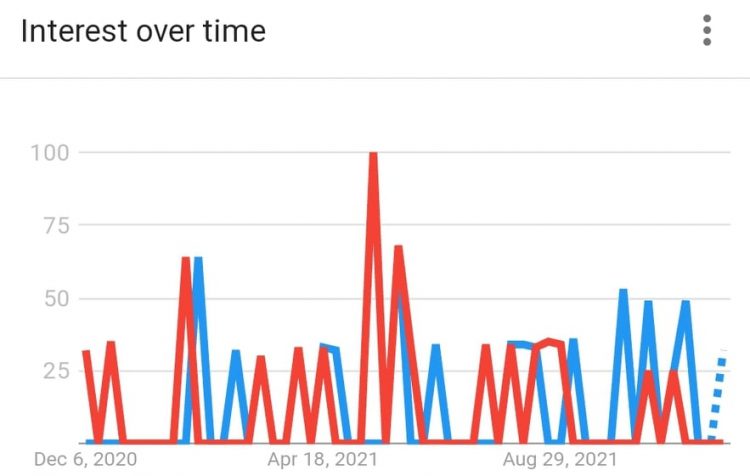A couple of times in the past month, I’ve had conversations about the term “invisible disabilities” versus “hidden disabilities.” Which one do I use and why? Are they the same?
I first used “invisible disability” because that’s the first way I heard it. I believe it’s true for a lot of us that we initially just identified with our condition (e.g. fibromyalgia) or our symptoms (e.g. chronic fatigue) and had an aha moment when we learned that there’s this big umbrella term that puts us into a much larger community who share a common experience.
That experience?
My definition is: conditions that include cognitive difficulties, mental health disorders, learning differences, physical pain, fatigue, or other physical conditions that are not apparent to the onlooker but significantly impact one’s daily activities.
I started to hear “hidden disability” as an alternative, and I began using them interchangeably, as equals. But lately, in the conversations asking why I choose a certain expression, I’ve stopped to think…
“Invisible disabilities” or “hidden disabilities”?
As I contrasted these terms in conversation, I realized something important: “invisible” is based on the perception of the other. Can someone else see my condition? “Hidden,” rather, is based on not perception, but control. My control.
Is my identity based on how I’m perceived by others, or is it based on how I control my own mind and body? The latter gives me ownership and empowerment, however, it also includes the connotations of “passing” and implications that I would want to hide my condition because I should hide my condition. It also eliminates from my story the importance of how people perceive my condition, and it is very important. The lack of awareness and acceptance, and all this lack means, is a part of my disability.
It’s a lot to think about, and I look forward to further discussion and the evolution of my own thoughts. At this moment, if I had to choose a term that I prefer, I’d choose “hidden disabilities” because I do want ownership of my own identity.
I will continue to use them interchangeably, because while “hidden” is my personal preference, “invisible” has seemed to be more common.
But see for yourself in the following graph of data from Google search trends. “Hidden” (red) is a strong contender with “invisible” (blue):

Other terms I’ve heard used are “concealed disabilities,” “unseen disabilities,” “non-visible disabilities,” or “non-apparent disabilities.” I would include a graph with them, but they all flatlined on the data results.
What about “invisible illness”?
I’ve been asked if an “invisible illness” is the same as “invisible disability.” I don’t believe so. An invisible illness is a (physical or mental) health condition, often chronic, that is not easily perceived by the onlooker, however, it’s not always actually disabling, meaning it doesn’t significantly impact one’s daily activities. It could be, however.
Many invisible disabilities can be referred to as invisible illnesses, but not all. Grief or chronic pain can be disabling but may not necessarily be any specific illness or diagnosis.
Check out more of what’s what in the following video of me presenting at a college in New Jersey.
Getty image by Tara Moore.

